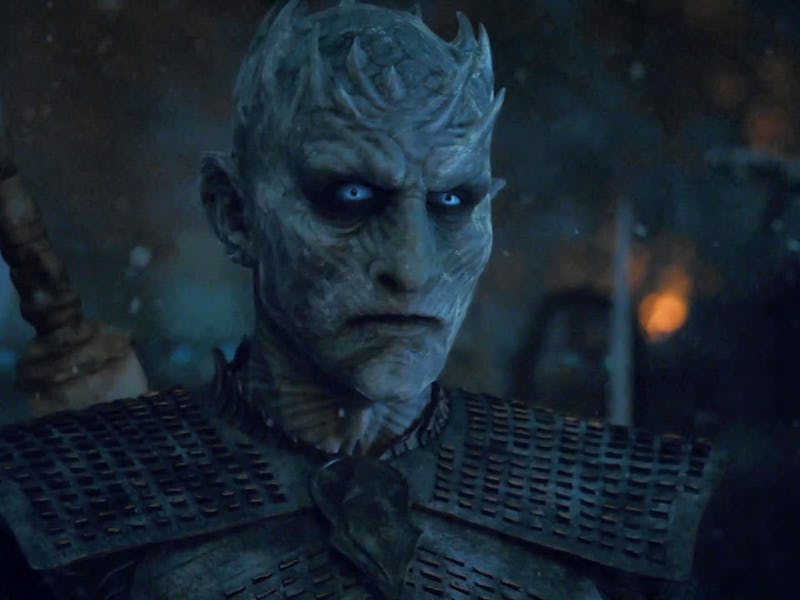How Winds of Winter can fix the show's biggest letdown
The Long Night wasn't very long in Game of Thrones. The Winds of Winter could fix that.

Game of Thrones finally delivered on its promise that winter was coming in Season 8’s third episode, “The Long Night.” It was the battle fans had anticipated since the start of the show: Westeros vs. the Night King and his Army of the Dead. The Battle of Winterfell took 55 nights to film and spanned almost an entire episode, making it the longest battle sequence ever seen on television.
In narrative, however, the Long Night only lasted from dusk until dawn. It swiftly came to a close when Arya Stark flung herself at the Night King and stabbed him with a Valyrian steel dagger, ending his life and wiping out of his army.
Suffice it to say that such a large scale battle ending within the hour proved to be a little disappointing, especially considering how big a threat the Night King had been hyped up to be. That said, The Winds of Winter — the sixth book in George R.R. Martin’s A Song of Ice and Fire series — might expand upon the Long Winter and what it really entails for the people of Westeros, beyond a singular battle.
It might not be this easy in 'Winds of Winter.'
What is the Long Night?
Game of Thrones established that the Long Night occurred thousands of years prior to the events of the show. According to the stories Old Nan relayed to young Bran Stark, the Long Night lasted an entire generation. Following their initial defeat, the White Walkers became nothing more than a myth, passed down by word of mouth for thousands of years.
“Thousands of years ago, there came a night that lasted a generation. Kings froze to death in their castles, same as the shepherds in their huts; and women smothered their babies rather than see them starve, and wept, and felt the tears freeze on their cheeks... In that darkness the White Walkers came for the first time. They swept through cities and kingdoms, riding their dead horses, hunting with their packs of pale spiders big as hounds.” —Old Nan
Martin’s books provide a lot more backstory. The Long Night was marked by tremendous death and famine. It was an age when the White Walkers (aka, the Others) first began advancing south to conquer the continent, killing and reanimating corpses to build their army. The arrival of the Others (aka, the White Walkers) also inspired prophecies about Azor Ahai and the Prince that Was Promised, both of which describe a legendary hero integral in defeating the Others and ending the Long Night.
Everyone and their mother fought in the Battle at Winterfell.
The Long Night caused the Children of the Forest and the First Men to ally with each other to fight back against the Army of the Dead. Eventually, the Westerosi figured out that dragonglass could kill the Others and managed to drive them back to whence they came. The Wall was built to block their return and the Night’s Watch was formed to guard it. The rest, as they say, is history.
The Long Night in Winds of Winter
With the exception of a few appearances in Martin’s books, the White Walkers have remained more of a background threat. However, The Winds of Winter is set to bring them further to the forefront. While it’s doubtful that the book will include the Battle of Winterfell just yet, it’s possible the novel will at least set up the Long Night to be something far more formidable than what was seen in Game of Thrones.
From ice spiders to ice dragons and never-ending battles, there’s a lot to be mined here. Perhaps there could even be a time jump showcasing how long the Long Night lasted before the battle with the White Walkers ensues. After all, we know that the first Long Night lasted for a generation and it would be regrettable if the event was only a few hours long in the books as well.
The Winds of Winter does not yet have a scheduled release date.